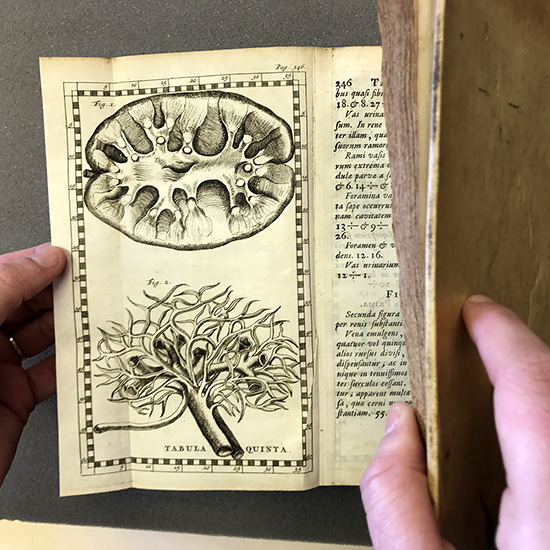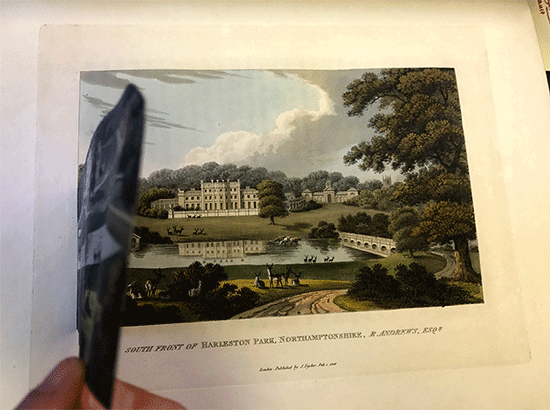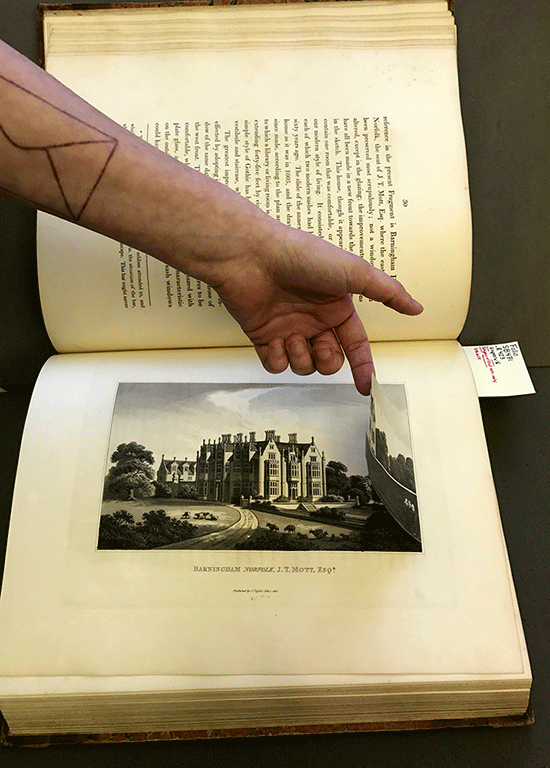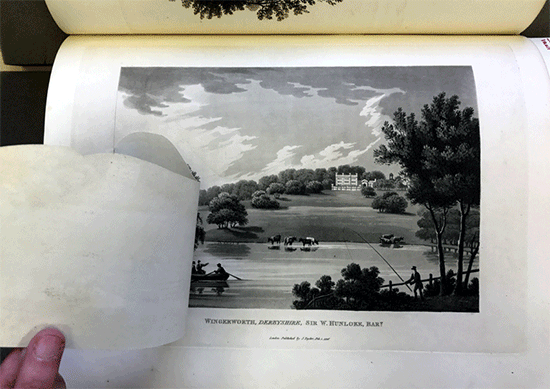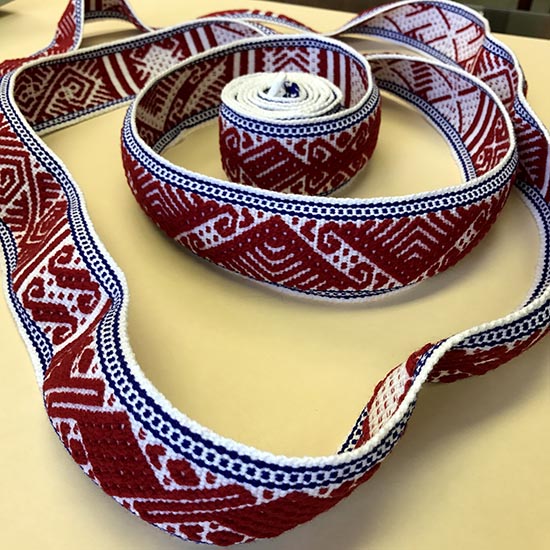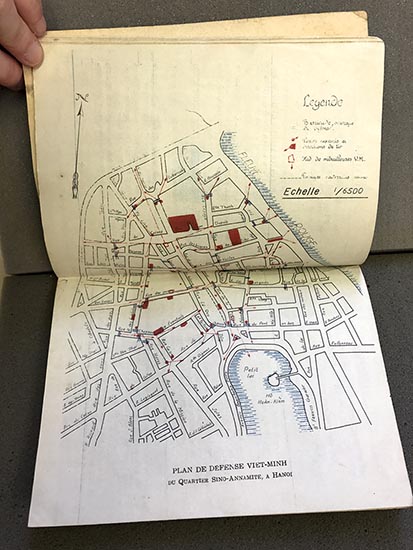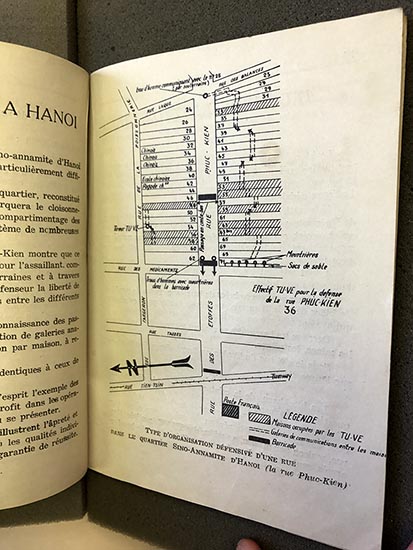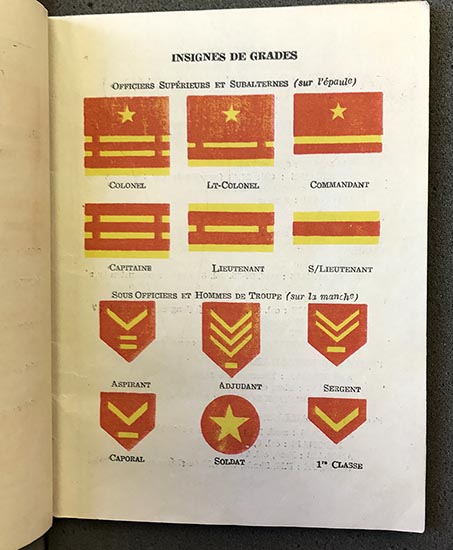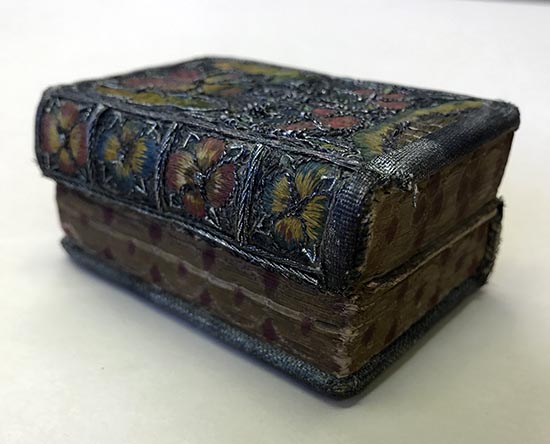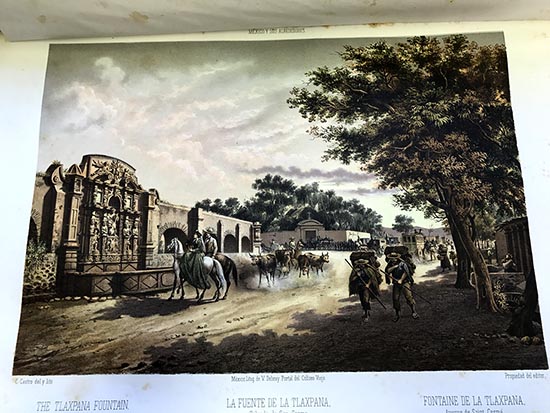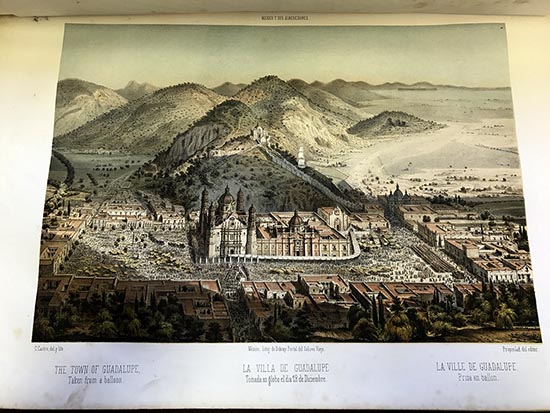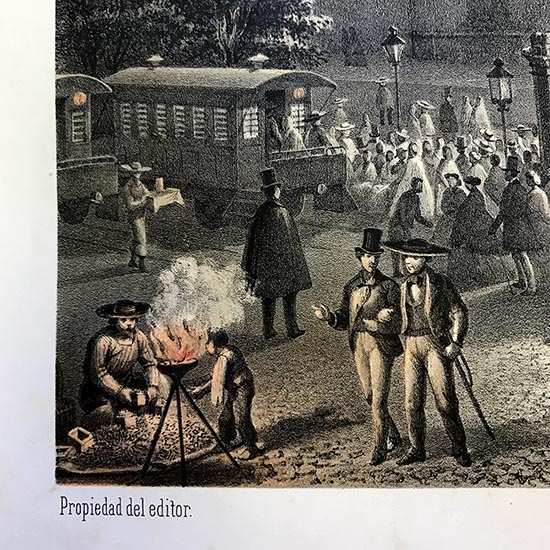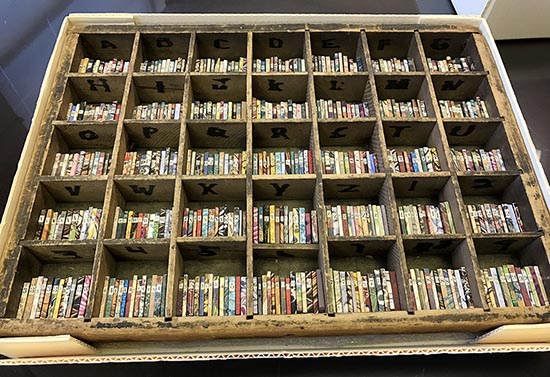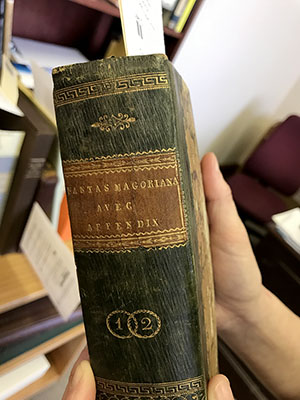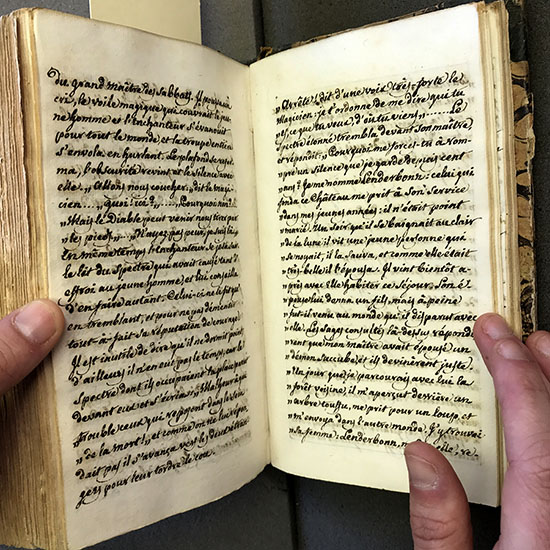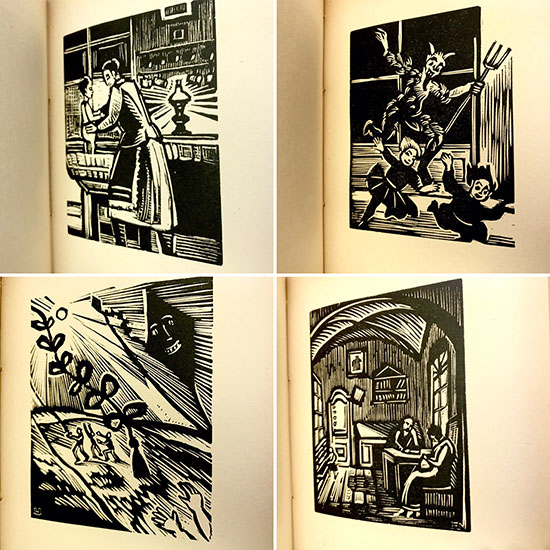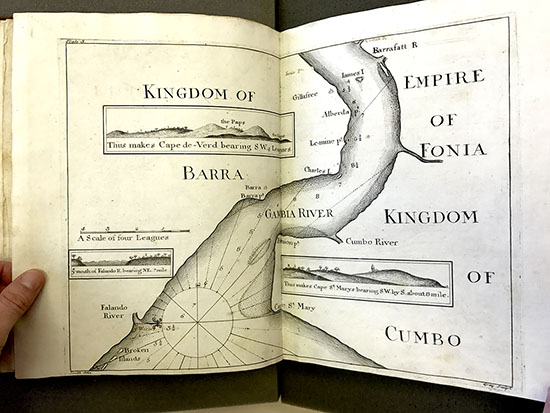With only five days until our Recent Acquisitions Evening, our parade of recently acquired items continues.
Bartolomeo Eustachi’s Opuscula Anatomica is a medical classic, first published in Venice in 1565. This book ticks off an impressive list of medical text firsts:
- First monograph on the kidney, including the first account of the adrenal gland
- First correct description of the Eustachian tube in the ear (which bears his name)
- First description of the thoracic duct and the Eustachian valve in the heart (also named for the author)
- First detailed account of the teeth in a medical text
But what makes this book particularly interesting is the way Eustachi uses a grid system, similar to those used on maps, as a way of marking the location and scale of the parts. In the first edition of Opuscula Anatomica, Eustachi advised using rulers to find the grid references. This edition supplies a separate scale that is attached to the book by a thread. Editions in which the original scale remains attached are rare.
See this and other intriguing items at the Rare Book Collection’s Recent Acquisitions Evening, a not-under-glass display of some of the Collection’s notable acquisitions. We hope you’ll join us on March 22 for the unique opportunity to see these incredible materials up close.

